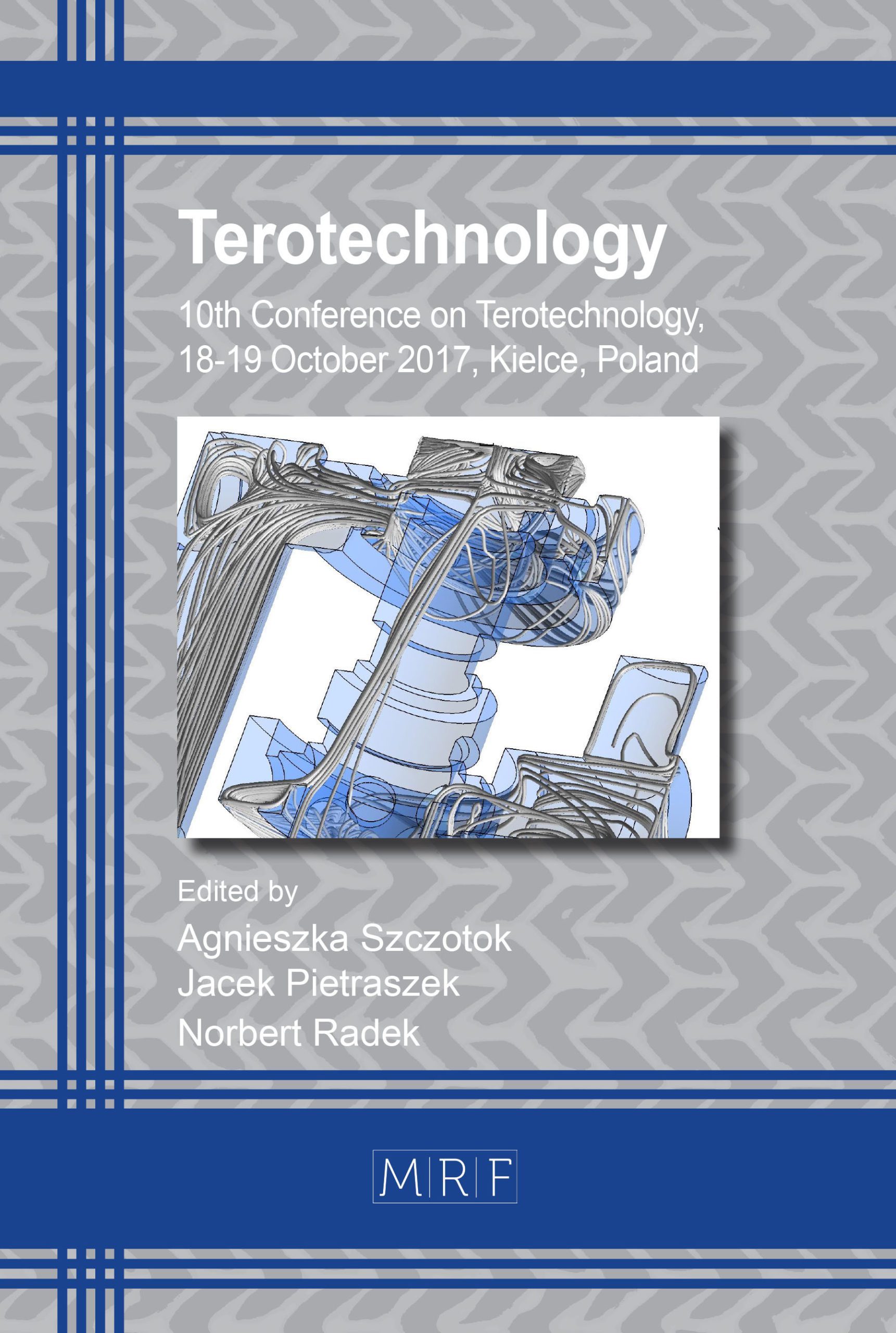Analysis of the Causes of the Cracks in the Thermit Welds of the Tram Rails Type 60R2
KOWALCZYK Dariusz
download PDFAbstract. According to the PN EN 14578-1:2007 and PN EN 14578-2:2009 regulations and European standards, the requirements for the rail joints used in the rail roads point out that it is necessary to carry out research that confirms technology correctness and the quality of welded joints. The range of tests shall include the following: alignment, hardness, fatigue testing, macro and microstructure of the material, non-destructive magnetic particle examination (to identify cracks) and so on. As long as there are PN-EN 14811 + A1:2010 requirements for rails used in the tram infrastructure, no accurate regulations and requirements exist for tram rail joints and only the customer is able to specify the range of tests. In the light of fairly common problems associated with the rail and their joint cracks in the tramway tracks it seems to be reasonable to implement required research, in order to improve safety of the rail transport and reduce amounts of cracks occurred in the newly built and renovated tram roads, as well as minimize the costs of their maintenance during operation. In this article, examples of broken rail joints in the tram roads are shown and discussed and FEM simulation of loaded rails type 60E1 and 60R2 is analysed.
Keywords
Rail Joints, 60 E1 Rail, 60R2 Rail, Rail Joint Cracks, Rail Joint Tests, FEM Analysis
Published online 7/16/2018, 7 pages
Copyright © 2018 by the author(s)
Published under license by Materials Research Forum LLC., Millersville PA, USA
Citation: KOWALCZYK Dariusz, ‘Analysis of the Causes of the Cracks in the Thermit Welds of the Tram Rails Type 60R2’, Materials Research Proceedings, Vol. 5, pp 54-60, 2018
DOI: http://dx.doi.org/10.21741/9781945291814-10
The article was published as article 10 of the book Terotechnology
![]() Content from this work may be used under the terms of the Creative Commons Attribution 3.0 licence. Any further distribution of this work must maintain attribution to the author(s) and the title of the work, journal citation and DOI.
Content from this work may be used under the terms of the Creative Commons Attribution 3.0 licence. Any further distribution of this work must maintain attribution to the author(s) and the title of the work, journal citation and DOI.
References
[1] PN-EN 14587-1:2007: Railway applications – Track – Flash butt welding of rails – Part 1: New R220, R260, R260Mn and R350HT grade rails in a fixed plant.
[2] PN-EN 14587-2:2009: Railway applications – Track – Flash butt welding of rails – Part 2: New R220, R260, R260Mn and R350HT grade rails by mobile welding machines at sites other than a fixed plant.
[3] PN-EN 14811:2006+A1:2010: Railway applications. Track. Special purpose rail. Grooved and associated construction.
[4] I. Miklaszewicz, Making and testing of the rail joints, Railway Research Institute, Warsaw, Railway Reports, 158, (2013) 35.
[5] B. Bogdaniuk, K. Towpik, Construction, modernisation and maintenance of the railway trucks, PKP, Warsaw, 2010.
[6] User ID-5 of the rails thermite welding, PKP, Warsaw, 2005.
[7] PN-EN 13674-1:2011: Railway applications. Track. Rail. Vignole railway rails 46 kg/m and above.
[8] PN-EN 14730-1+A1:2010: Railway applications. Track. Aluminothermic welding of rails. Approval of welding processes.
[9] PN-EN 14730-2:2006: Railway applications. Track. Aluminothermic welding of rails. Qualifications of aluminothermic welders, approval of contractors and acceptance of welds.
[10] Technical conditions WTWiO No ILK3d-518/1/08, joints making and acceptance of the new railway rails performed in the fixed plants. Requirements and tests, PKP, Warsaw, 2008.
[11] R. Wielgosz, Weld of railways rails, Technical Transactions, 106 (2-M) (2009), pp.7-19.
[12] Altair Engineering, Inc. Radioss and Optistruct Theory Manual 11.0 Version Jan, Large displacement finite Element Analysis (2011).
[13] Altair Engineering, Inc. OptiStruct 13.0 User’s Guide.































